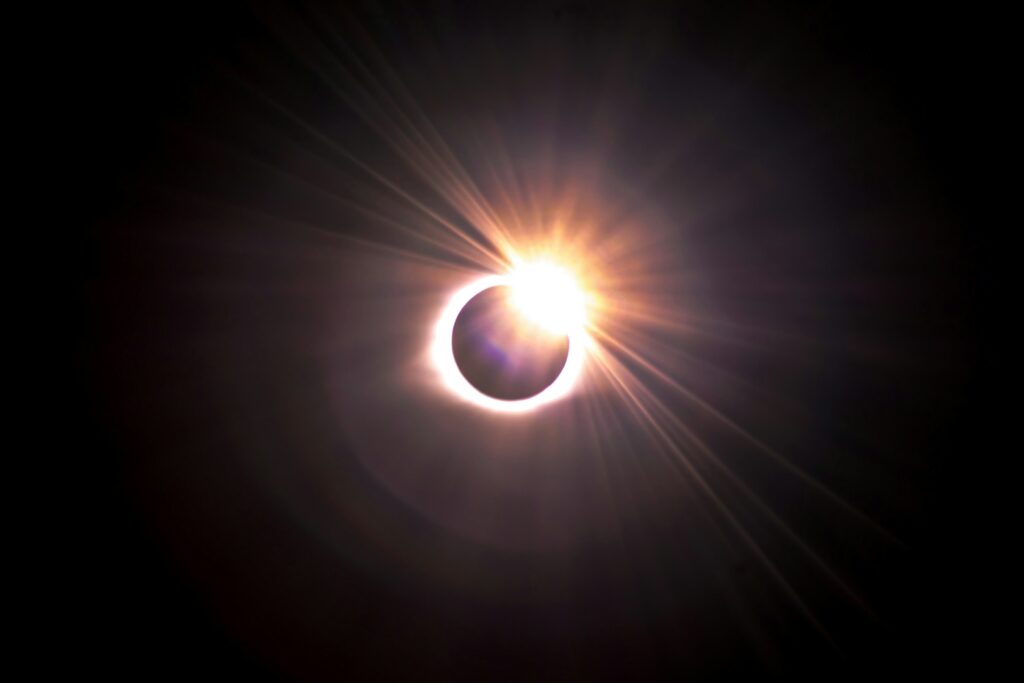Northern America prepare for total solar eclipse as over 30million people hoping to watch

The Northern America is preparing for event of total solar eclipse Monday as millions ready to see the natural phenomena. Some 31million people across the region will watch the solar eclipse, according to experts.
Summary
- A total solar eclipse – where the Moon fully blocks the Sun – will be seen across parts of North America on Monday
- It will begin over the Cook Islands in the Pacific Ocean, and then move across Mexico and 13 US states before finishing in Newfoundland and Labrador, Canada
- In the eclipse’s path of deepest shadow – “totality” – the sky will go pitch black for four minutes and nine seconds
- This eclipse is unique as it will cover several densely populated cities, with some 31.5m people able to see it, Nasa says
- Nasa will conduct many experiments throughout the cosmic event, including launching rockets into the eclipse’s shadow and sending research jet planes to track its path
- To enjoy the astronomical phenomenon safely, never look at the Sun with the naked eye, even with sunglasses on – wear solar eclipse glasses
According to Nasa, this event will be different from past total solar eclipses.
Scientists say the Sun’s corona (its outermost layer) will be more visible than the last total solar eclipse (in 2017) due to the Sun’s heightened activity at the time of the event.
The 2024 eclipse will also be visible for nearly two minutes longer than 2017’s.
The path of totality is longer, too, meaning the eclipse will be visible to more people than the most recent total solar eclipse. About 31.6 million people live in the 200 mile (322km) path of totality – more than doubling the number of people who will be able to see the event since the last of its kind.
Even people who live elsewhere will be able to see the eclipse in some form. “99% of people who reside in the United States will be able to see the partial or total eclipse from where they live,” Nasa states on its website.
Meanwhile, British scientists in Dallas have teamed up with Nasa to use a polarimeter to examine the directional quality of the corona’s light and a spectrometer to look for the behaviour of excited iron atoms.
“During an eclipse, nature gives us a unique opportunity to measure this region with relative ease, and to see the connections between the Sun and solar wind,” explained Dr Huw Morgan from Aberystwyth University.
Separately, Ellie MacDonald – a science educator at Kielder Observatory near the Scottish border – has travelled to Texas to live stream the event.
MacDonald, 26, has never seen an eclipse before, and says she’s thrilled to be able to share her footage with followers.
She tells BBC News: “Everyone says how amazing it was in 1999 and a lot of people remember going to see it in Cornwall. Hopefully the livestream will be the next best thing.”